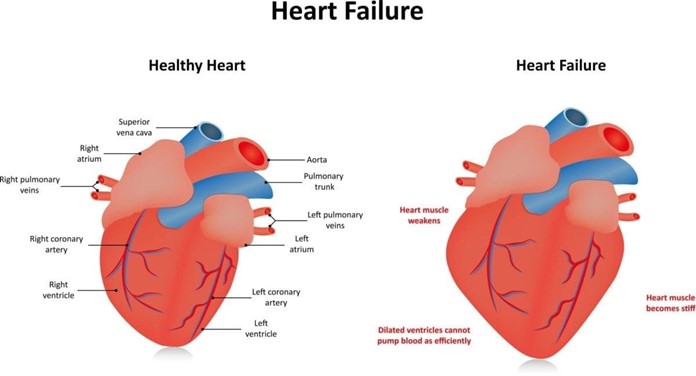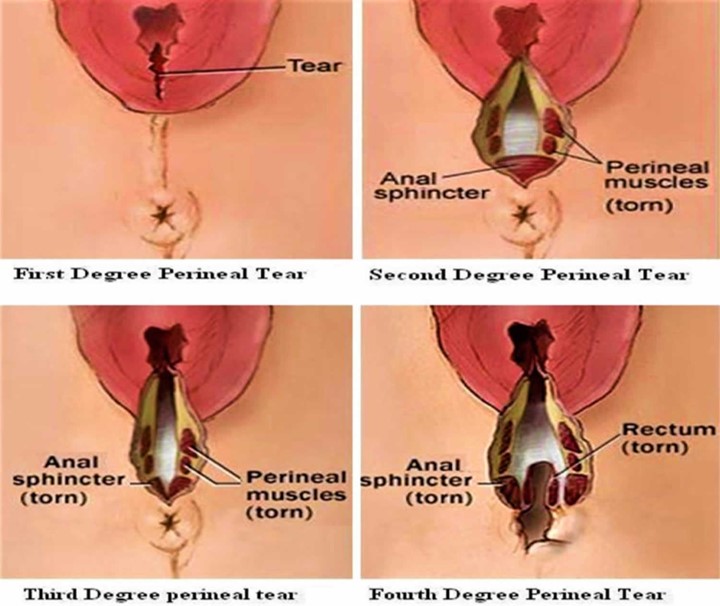The practical nurse (PN) is planning care for a child with heart failure. Which intervention should the PN give the greatest priority?
Monitor therapeutic level of phenytoin.
Increase fluid intake.
Cluster care to conserve the child's energy.
Restrict intake of foods high in sugar.
The Correct Answer is C
For a child with heart failure, the greatest priority for the practical nurse (PN) is to conserve the child's energy. Clustered care activities and rest periods will help to conserve the child's energy and minimize the workload on the heart.
Monitoring therapeutic levels of phenytoin (A) is not relevant to the care of a child with heart failure. Increasing fluid intake (B) is not a priority intervention for a child with heart failure, as excessive fluid intake can worsen heart failure. Restricting intake of foods high in sugar (D) may be necessary for a child with heart failure, but it is not the greatest priority for the PN to address.

Nursing Test Bank
Naxlex Comprehensive Predictor Exams
Related Questions
Correct Answer is C
Explanation
Limited abduction of the legs in a newborn can be a sign of developmental dysplasia of the hip (DDH), a condition in which the hip joint is not properly formed. The practical nurse (PN) should notify the healthcare provider of this finding so that further assessment and appropriate intervention can be initiated.
Performing range of motion to the joint (A) is not appropriate without a healthcare provider's order. Continuing care as if this is a normal finding (B) is not appropriate because limited abduction of the legs in a newborn can be a sign of DDH. While documenting the finding in the record (D) is important, notifying the healthcare provider is the most important action for the PN to take next.
Correct Answer is D
Explanation
If a postpartum client who delivered vaginally 6-hours ago and had a second-degree perineal laceration reports feeling increased pain and pressure in her vaginal area, the practical nurse (PN) should apply an icepack to the perineum.Applying an icepack can help reduce swelling and provide pain relief in the affected area. The PN should also monitor the client's condition and report any changes or concerns to the healthcare provider. The other interventions listed may also be appropriate in some situations, but applying an icepack to the perineum is the most appropriate initial intervention in this situation.

Whether you are a student looking to ace your exams or a practicing nurse seeking to enhance your expertise , our nursing education contents will empower you with the confidence and competence to make a difference in the lives of patients and become a respected leader in the healthcare field.
Visit Naxlex, invest in your future and unlock endless possibilities with our unparalleled nursing education contents today
Report Wrong Answer on the Current Question
Do you disagree with the answer? If yes, what is your expected answer? Explain.
Kindly be descriptive with the issue you are facing.
